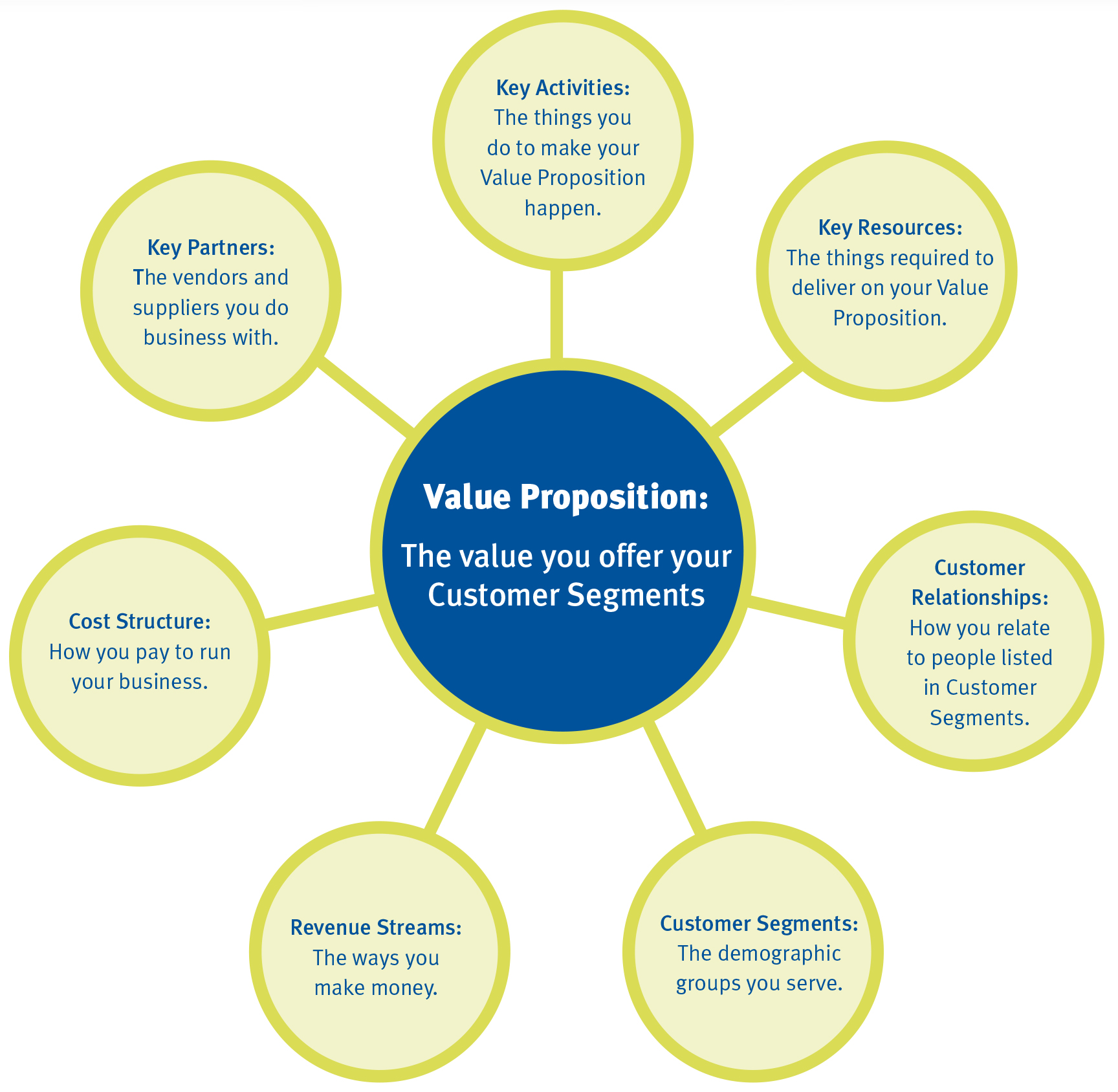Priced to sell or sink?
Using the right method with the right materials in the right place at the right time can create powerful results – and you don’t have to be a large business to enjoy the benefits. Henry Ford didn’t invent the assembly line, but he borrowed the idea for his car factory and was able to go after a new market in his industry to great success so no matter what you are selling, remember that it’s often less about the product, and more about the process.
I have seen a number of businesses improve their profitability and longevity by taking the time to get their price right. You must adopt a holistic perspective on your business and be prepared to ask yourself questions such as how your business creates, delivers and captures value. This may sound complicated, but in most cases the process can be summarised by the following 7 points:
- Value Proposition: The value you offer your customer segments. Consider what sets you apart from your competitors: is it compelling? Does it provide a new or better solution?
- Key Activities: The things you do to make your value proposition happen
- Key Resources: The things required to deliver on your value proposition. These can be tangible - such as your staff, equipment, facilities or premises – or intangible, such as knowledge, skills and experience.
- Customer Relationships: How you relate to people listed in customer segments. Consider how your target audience prefers to communicate: are they digital natives? Or do they prefer a more personal, face-to-face approach? How much interaction and/or information do they need in order to make a decision?
- Customer Segments: The demographic groups you serve. Having a clear definition of your target audience helps you better understand - and therefore deliver on - their wants and needs.
- Revenue Streams: The ways you make money. This may be a direct result of your own sales efforts, or the result of indirect activities like cross-promotion and referrals.
- Cost Structure: How you pay to run your business. Increasing competition and the growth of services like industry comparison sites means that a little extra research (and perhaps some negotiation!) can secure you a better deal on many everyday business needs.
- Key Partners: The vendors and suppliers you do business with. Make sure they understand their role in the delivery of your value proposition.
It may take more than one attempt to find a pricing model that best fits your small business, but don’t be tempted to put this matter in the ‘too hard’ basket. Whether you are selling to other businesses or to consumers, price frequently influences purchase decisions and deserves to be given at least as much attention as other aspects of your business strategy.




